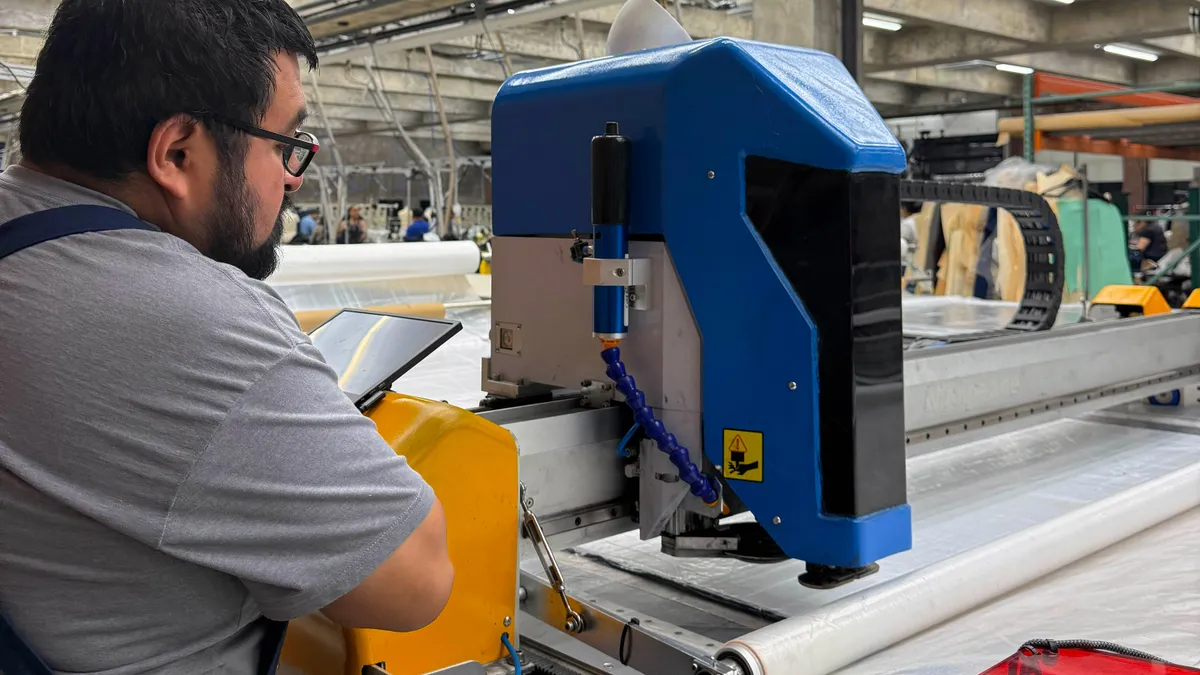The U.S. manufacturing sector contracted in November, according to two national indices.
The Institute for Supply Management's Manufacturing PMI fell 1.2 percentage points from the previous month to 49%.
The reading was at its lowest since May 2020 and the first time the sector fell into contraction in 29 straight months, according to Timothy Fiore, Chair of the ISM Manufacturing Business Survey Committee. A reading below 50% indicates contraction in the industry.
“With Business Survey Committee panelists reporting softening new order rates over the previous six months, the November composite index reading reflects companies’ preparing for future lower output,” Fiore said.
S&P Global's US Manufacturing PMI showed a similar decline at 47.7, its sharpest downturn since May 2020.
“A combination of the rising cost of living, higher interest rates and growing recession fears have led to slumping demand for goods in both the home-market and abroad,” said Chris Williamson, chief business economist at S&P Global Market Intelligence. “Companies are consequently cutting production at a rate not seen since the global financial crisis, if the initial pandemic lockdowns are excluded.”
While 6 industries maintained growth, 12 contracted last month
In both indices, the declines were driven by drops in new orders, as manufacturers prepare for lower future output. New orders on the ISM PMI were at 47.2%, down from 49.2% in October.
PMIs were also dragged by a slowing in hiring, as companies opted not to replace voluntary leaves in order to manage labor costs in a slowing economy.
Employment fell from 50.0% in October to 48.4% in November, according to ISM.
Despite the contraction in the industry, Fiore said during a Dec. 1 media call that none of the readings indicated that the "sky is falling." He noted he remains hopeful that demand will come back, particularly as lead times continue to fall and prices ease.
With the pandemic waning, Fiore added that customers' true demand will also be more apparent in the coming months.
"I think we've kind of burned off over-ordering, now that we're kind of post-pandemic. . .we're now entering into the period of 'OK, what's the true demand for 2023?'" he said. "That's going to start to show itself in the December, January timeframe."












